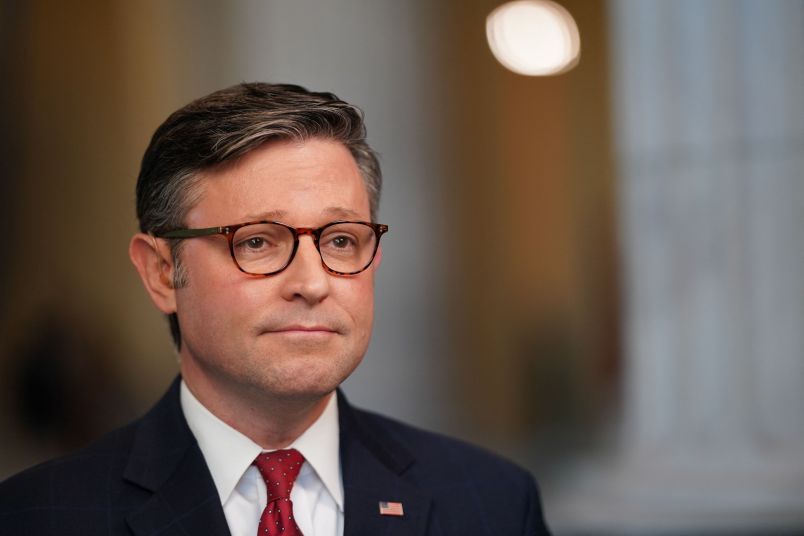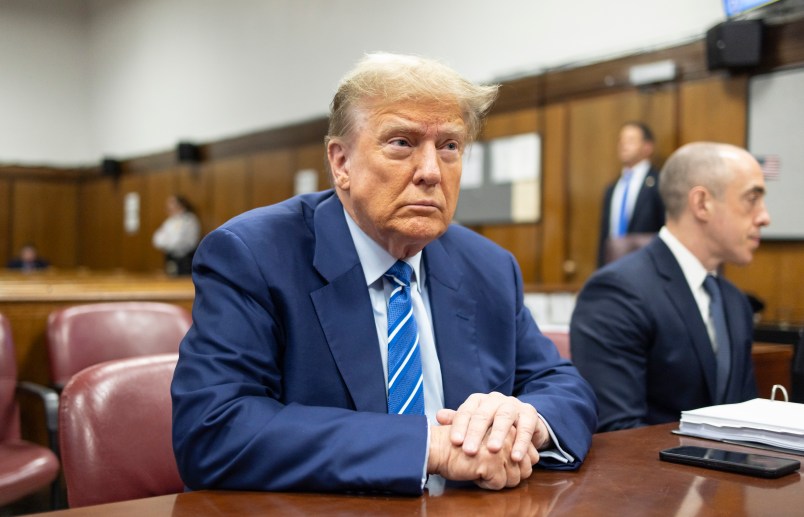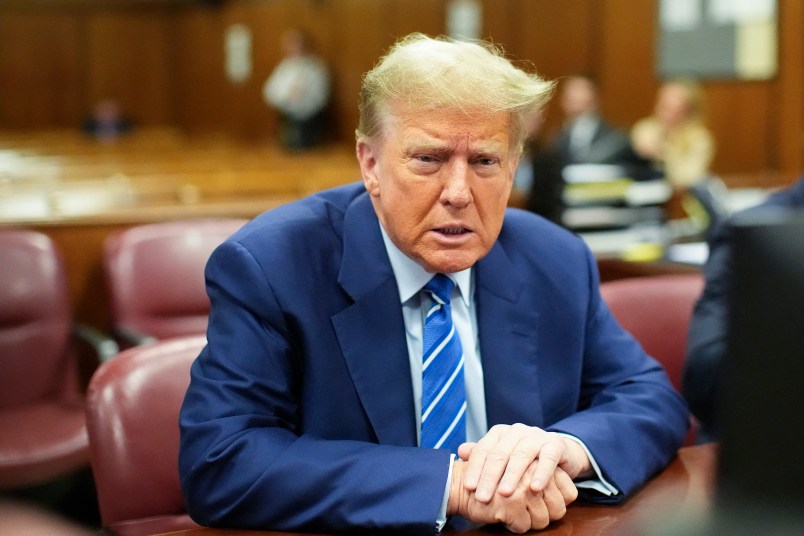Walter Pincus has a very good and very important piece in the Post tomorrow (with Jim VandeHei) on the Plame matter. It contains no explosive quotes or shocking revelations. The headline is that the Fitzgerald probe has a much broader scope than we’ve been led to believe. And there’s a choice passage which, I believe, shows pretty clearly that Bob Novak knew just what he was doing when he printed Valerie Plame’s name.
But the really succulent meat is reserved for the tail end of the article, which I’ll quote at length …
[Former CIA spokesman Bill] Harlow was also involved in the larger internal administration battle over who would be held responsible for Bush using the disputed charge about the Iraq-Niger connection as part of the war argument. Based on the questions they have been asked, people involved in the case believe that Fitzgerald looked into this bureaucratic fight because the effort to discredit Wilson was part of the larger campaign to distance Bush from the Niger controversy.
Wilson unleashed a multimedia attack on Bush’s claim on July 6, 2003, appearing on NBC’s “Meet the Press,” in an interview in The Post and writing his own op-ed article in the New York Times, in which he accused the president of “twisting” intelligence.
Behind the scenes, the White House responded with twin attacks: one on Wilson and the other on the CIA, which it wanted to take the blame for allowing the 16 words to have remained in Bush’s speech. As part of this effort, then-national security adviser Stephen J. Hadley spoke with Tenet during the week about clearing up CIA responsibility for the 16 words, even though both knew the agency did not believe Iraq was seeking uranium from Niger, according to a person familiar with the conversation. Tenet was interviewed by prosecutors in the leak case, but it is not clear whether he appeared before the grand jury, a former CIA official said.
On July 9, Tenet and top aides began to draft a statement over two days that ultimately said it was “a mistake” for the CIA to have permitted the 16 words about uranium to remain in Bush’s speech. He said the information “did not rise to the level of certainty which should be required for presidential speeches, and the CIA should have ensured that it was removed.”
A former senior CIA official said yesterday that Tenet’s statement was drafted within the agency and was shown only to Hadley on July 10 to get White House input. Only a few minor changes were accepted before it was released on July 11, this former official said. He took issue with a New York Times report last week that said Rove and Vice President Cheney’s chief of staff, I. Lewis “Scooter” Libby, had a role in Tenet’s statement.
Here we have some of the cobweb of lies, large and small, brushed back, ones the falsity of which has remained somehow unspeakable in high political debate despite all their transparency.
As Pincus and Jim VandeHei rightly say, twin attacks — one aimed at Wilson for blowing the whistle, the other at the CIA, an elaborate fraud perpetrated upon the American people (and perpetuated through last year’s SSCI report) in which the CIA, which had repeatedly tried to prevent the president from publicizing and validating the bogus Niger uranium claims, was forced to take the blame for not warning the president of their falsity. (As this ball of yarn unravels, remember the name Alan Foley.)
And all of this, of course, meant to cover up the big lie — the administration’s knowing use of bogus WMD reports to convince the country to go to war.
As Frank Rich put it so aptly less than two weeks ago, “the administration knows how guilty it is. That’s why it has so quickly trashed any insider who contradicts its story line about how we got to Iraq, starting with the former Treasury secretary Paul O’Neill and the former counterterrorism czar Richard Clarke.”








